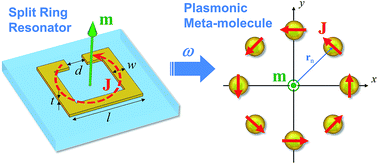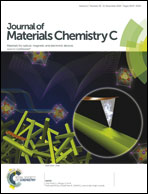The quest for optical magnetism: from split-ring resonators to plasmonic nanoparticles and nanoclusters
Abstract
Natural materials exhibit negligible magnetism at optical frequencies, since the direct effects of the optical magnetic field on matter are much weaker than electric ones. In the last decades, however, scientists and engineers have been trying to tackle and overcome these limitations by designing artificial subwavelength meta-molecules that support a strong magnetic response, even if made of non-magnetic materials. These issues have become popular because of the excitement around magnetic metamaterials and their exotic wave interaction. Here, we review recent efforts on this topic, with particular focus on magnetic metamaterials operating at optical frequencies. We discuss how the concept of split-ring resonators, introduced at microwaves to realize artificial magnetic inclusions with subwavelength footprint, can be translated to the optical region exploiting the plasmonic features of metallic nanoparticles suitably arranged in nanoclusters and nanorings. We also show that Fano interference effects, triggered by small symmetry-breaking in nanoclusters, may be the key to largely boost the magnetic response in optical meta-molecules. All these findings show that the alliance of optical metamaterials and advanced nanotechnology holds the promise to provide significant advances in the quest towards low-loss optical magnetic materials.


 Please wait while we load your content...
Please wait while we load your content...